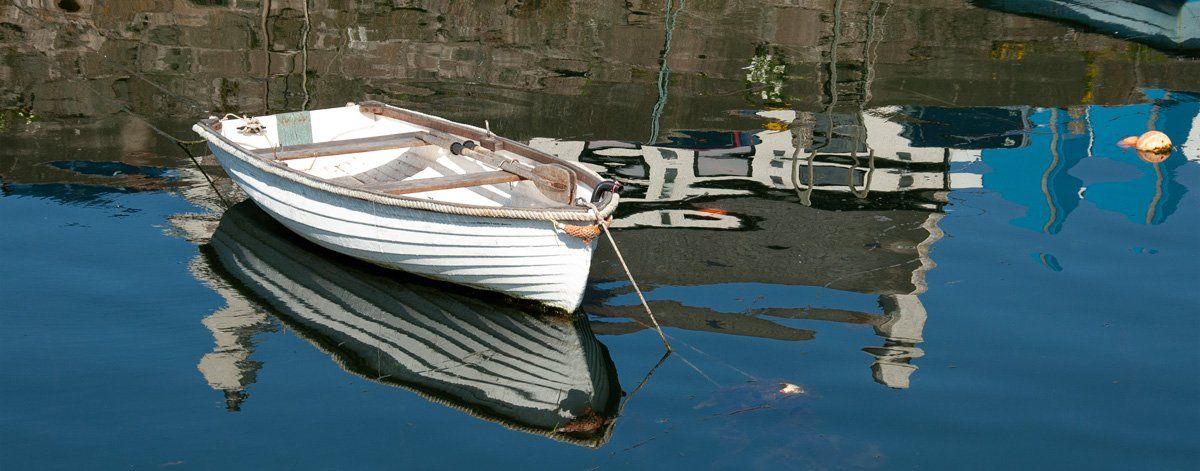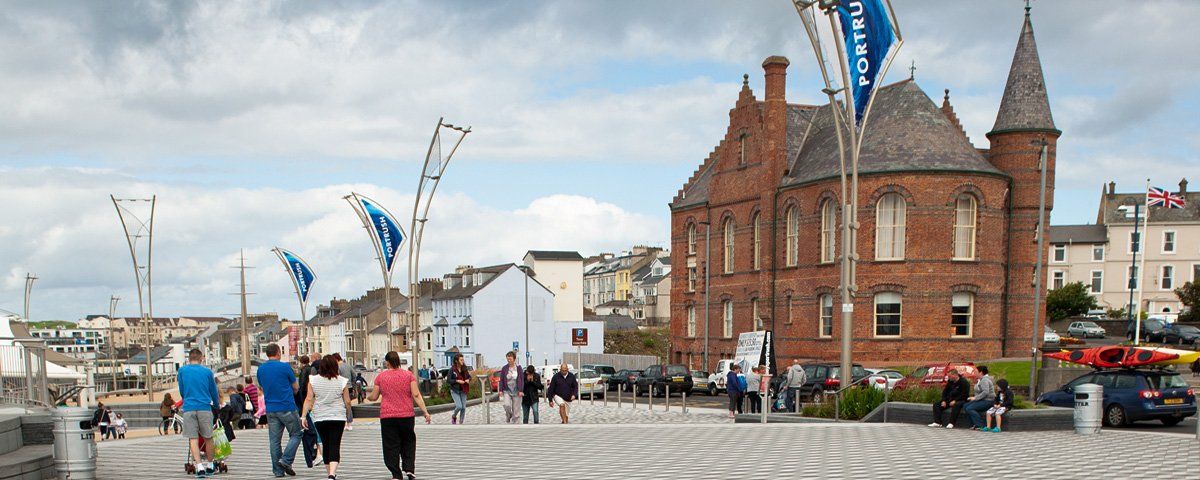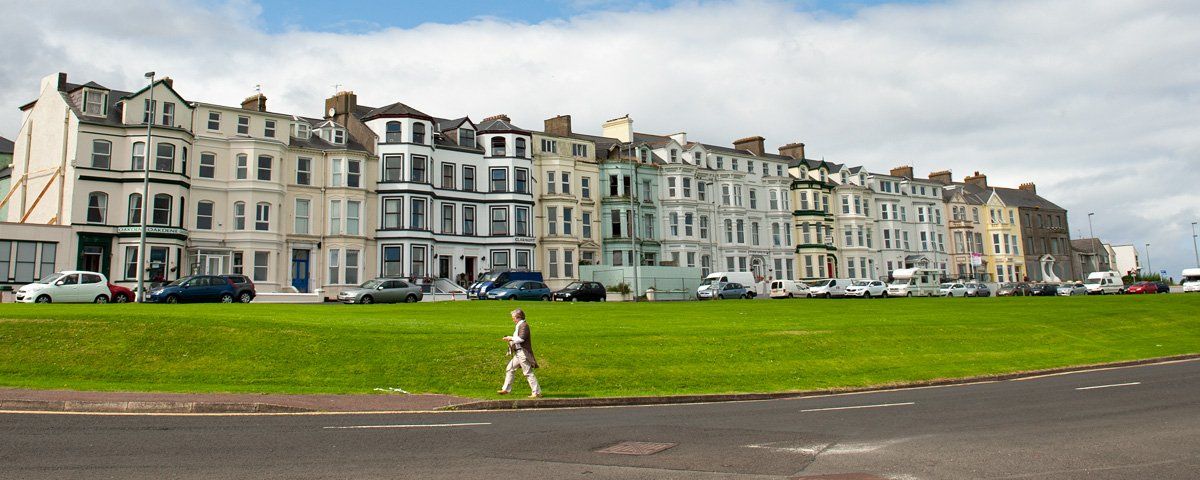The original harbour nestles behind the shelter of Ramore head and is still used today for berthing small tenders and open rowing boats. Like most small coastal towns and villages Portrush developed and expanded from a safe harbour and fishing port. It remained like this until the early 19th century when in parallel to the industrial revolution its full potential as a port was realized, it then became a major shipping and commercial focus along the north coast. One hundred years ago you would have seen coastal schooners, square riggers, steamships and fishing smacks plying in and out of the harbour, timber came from America, potatoes went to Glasgow, grain went to Cork, fish came in and went to Belfast, coal, bauxite and other raw materials all came and went from the busy quayside.
Although the history of the hotel goes back to 1837 its name was derived from the railway company. You can still see and feel a sense of the splendour and affluence of that time in the Georgian, Victorian and Edwardian terraces, the fine examples of 'Art Nouveau' and the wonderful White House department store. Some of the larger hotels have gone but others have taken on new roles in the townscape. The centre-piece of the town up until the early 1990s was the famous Northern Counties Hotel which had all the splendour of the Victorian era with seaweed baths, exquisite tiled toilets, a ballroom, tapestries, oak-lined reception rooms, grand stairways, chandeliers and sculptures.
Unfortunately, its unique architectural heritage was taken from Portrush by a malicious fire which destroyed it completely. After being sold by the family who had run it for decades, the hotel was closed and within one year two arson attacks happened, the second resulted in its destruction. Today the Ramada Hotel occupies the site. Proposals were made in the 1880s to link Portrush and Ballycastle by a railway, surveys and costing were done but the proposal could not secure the financial backing needed. In 1883 the Giant's Causeway, Portrush and Bush Valley Tramway Company opened the world's first narrow-gauge hydro-electric powered tramway between Portrush and Bushmills with a later extension to the Giant's Causeway.








